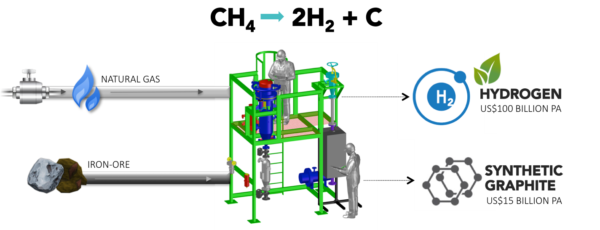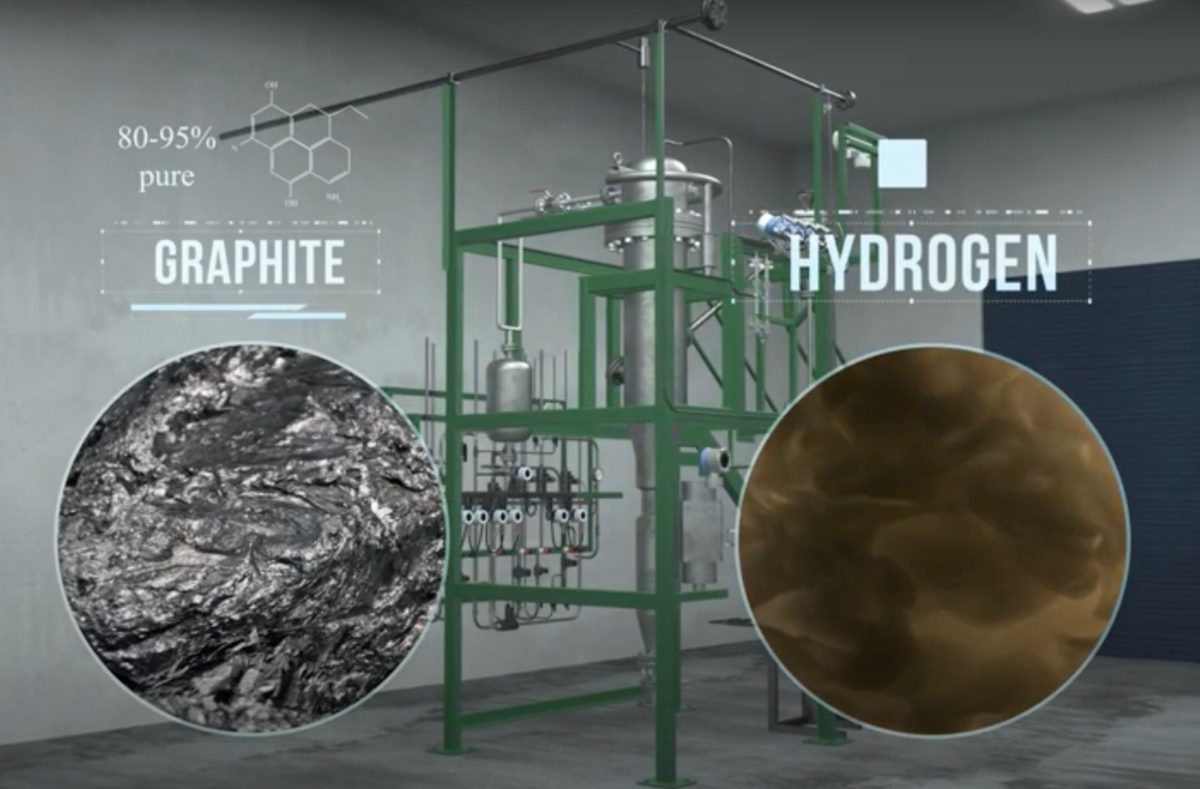Western Australia’s (WA) burgeoning hydrogen industry received a flushing surge of renewable energy yesterday when Hazer Group and Water Corporation received the project backing of the state government’s Renewable Hydrogen Strategy.
Hazer Group, already identified by the Australian Renewable Energy Agency (ARENA) to the tune of $9.41 million in funding, is a Perth-based renewable energy company looking to turn biogas from wastewater into green hydrogen and graphite.
This marks the first time in Australia that a hydrogen from biogas project has been in the pipeline (literally and figuratively). The three-year operation at the Woodman Point Wastewater Treatment Plant in Munster, just south of Fremantle, is looking to produce approximately 100 tonnes of fuel-grade hydrogen and 380 tonnes of graphite annually. This, however, is just a start.
For Water Minister Dave Kelly this is a great chance to decarbonise Water Corporation’s operations. “I commend the Water Corporation for partnering with Hazer Group,” said Kelly, “to facilitate this renewable waste-to-energy scheme.”
Innovative Technology
The Hazer Process (originally developed at the University of Western Australia and acquired by Hazer Group), is an innovative technology that converts biogas (primarily methane) from wastewater and converts it to renewable hydrogen and graphite using an iron ore catalyst. The natural gas is stored as LNG and then regasified in order to react with iron ore, decomposing the catalyst into hydrogen and graphite.

Image: The Hazer Group
The process creates an alternate hydrogen pathway to the traditional approaches of steam methane reforming and electrolysis. The process aims to achieve savings for hydrogen producers, as well as provide green hydrogen for use in a range of clean energy applications and large chemical processing industries in a location close to the consumer.
Not only is the process a carbon abatement method producing hydrogen, but also graphite, an important ingredient in the production of minerals like lithium, key to the energy storage revolution. Moreover, hydrogen can be a store of renewable energy and thus serve as an excellent firming technology for grids.
Hydrogen Strategy
Green hydrogen, or at least “low-emission” hydrogen, is a key policy for both state and federal governments. For Hazer Group, the WA McGowan Government’s Renewable Hydrogen Strategy and its $10 million Renewable Hydrogen Fund to facilitate private sector investment has been the key to the actuation of its technology.
WA Regional Development Minister Alannah MacTiernan made note of the increasing importance of hydrogen as a renewable fuel source, “and this world-leading project will showcase our State’s capability in the hydrogen industry through the commercialisation of technology developed right here in WA.”
“The Hazer Group’s project aligns perfectly with the McGowan Government’s Renewable Hydrogen Strategy,” continued MacTiernan, “set up to position WA as a major producer, user and exporter of renewable hydrogen.”
Part of the beauty of the biogas to hydrogen process for the Hazer Group is the fact that the fuel used to produce the hydrogen is produced in the same place as the people who can use it. Unlike other forms of technology that are note quite sustainable in close range to large population centres, the Hazer Process just needs the wastewater large populations centres produce continuously.
Considering at least one future of the great potential of renewable hydrogen is as a zero-emissions transport fuel for buses, trucks, waste collection, ferries and vehicle fleets, the Hazer Group is also partnering up with the City of Mandurah to explore plans to establish WA’s first refuelling infrastructure hub with its grant from the WA Renewable Hydrogen Fund.
This content is protected by copyright and may not be reused. If you want to cooperate with us and would like to reuse some of our content, please contact: editors@pv-magazine.com.









Why can’t we use Hazer’s process of producing hydrogen and also Star Scientific’s process called HERO that creates 700 degrees C of steam to convert all our existing coal fed power stations. Simple & cheap.
Lance Hora